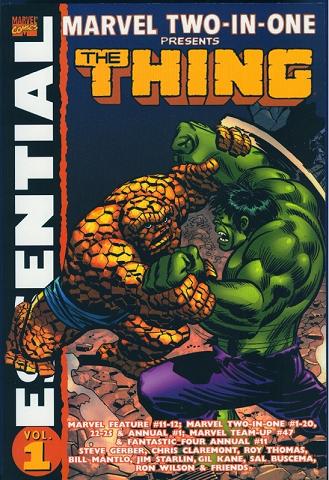I really like J. Caleb Mozzocco’s handy little guide to the characters in Guardians of the Galaxy and their creators:
And, if a lot of people make a lot of money and there are a lot of accolades being thrown about, then a lot of credit is going to go to a lot of people, from whoever cut those winning trailers to the designers and animators who got Rocket’s fur to look just so to Gunn himself. If comic book people get any credit, chances are it’s going to be as a collective (i.e. “Marvel”) or under a “Special Thanks” near the end of the end-credit scrawl (IMDb has comics writers Dan Abnett and Andy Lannning receiving writing credit; if that’s on the screen near the “written by” credit, then that’s awesome).
I especially like his idea of making a donation to The Hero Initiative equal to the cost of the movie ticket, to help that charity help out comics creators screwed over by the comics companies. Of course it would be better if the comics industry as a whole, and especially the Big Two, should treat their employees better and let the people who actually created the characters that are now making millions in movies for them have a little bit of the slice as well. Still, it was nice that Marvel arranged for a private screening of the movie for Bill Mantlo.
Remember Bill Mantlo? Marvel’s most prolific writer in the eighties, about the only one who could make something as uninspiring a toy as ROM into an actually readable, perhaps even good comic. When Shooter was ousted, Mantlo got less and less work, dropped out of comics to try and become a lawyer, then had a car accident that left him paralysed and penniless. Thanks to the Guardians movie, no less a newspaper than the New York Times wrote about Mantlo:
Like millions of moviegoers over the weekend, Bill Mantlo watched “Guardians of the Galaxy,” the Marvel Studios space adventure that sold more than $172 million in tickets worldwide in its first four days of release.
The film’s success is particularly meaningful to Mr. Mantlo, 62, a comic-book writer who helped create one of the movie’s main characters: the foul-tempered, gun-wielding anthropomorphic Rocket Raccoon.
Mr. Mantlo did not see “Guardians of the Galaxy” in a theater, but in his bed at the nursing home where he is being cared for after a 1992 accident in which he was hit by a car and left with brain damage.
Michael Mantlo, his brother, said Bill owed his health partly to Medicaid and partly to the grass-roots efforts of comics fans, who not only made donations on his behalf but also brought attention to his involvement in creating a character whose value to Marvel had suddenly mushroomed.
As Michael explained in a telephone interview, the focus on his brother has encouraged the studio to reconsider its obligations to him. “The more often Bill’s name gets mentioned, and the more often he is given public credit for something that he did, the easier it is for me to go to Marvel and say, ‘You might want to consider raising your offer.’ ”
It was only the negative publicity around the first Superman movie that finally got Siegel and Shuster a small part of the millions DC/Warner had made of their characters, it’s good to see Michael Mantlo taking advantage of that for his brother here. Bill Mantlo deserves it.
